"Getting Centered—Aligning Our Behaviors with our Values" Chapter ten (Lindsey et al, 2009)
—Fullan, 2003, p.29
The final section of Lindsey culminates with a “call to action” where the traditional system is shaken up a bit to embrace new thinking through curiosity and disturbance. As stakeholders in this community of learners, we have a responsibility to the essential elements of cultural knowledge. By upholding our commitment, the gap between high and low achieving students will be reduced and all students will be closer to achievement (Lindsey et al, 2009).
For these authors, aligning our behaviors with our values involves commitment to collaboration and collective responsibility, and going further to institutionalize cultural knowledge so that it is sustainable. This requires aligning our behaviors with our values. This becomes difficult since educators tend to fall back on how they usually do things, even if it might not work anymore.
Key Learnings:
1) Leverage points provide access and opportunity for becoming cultural proficient.
2) To have a positive impact in today’s culture requires a bit of innovation and creativity, and taking the initiative. This also places an emphasis on “choice”.
3) More inclusion of tradition groups that are often left out.
Key Quotes:
1) “Cultural Proficiency is the lens through which the community views its work.” (p.124)
2) “Small disturbances can create large responses” (p.126).
3) “Leverage points function as places to enter the system to produce different or new outcomes” (p.126).
Key Questions:
1) How do we use our personal experiences to shape long-term behavior?
2) How do we change the curriculum to reflect diversity?
3) How do we show parents that we value them?
Overall, asking good questions might force us to confront outcomes we do not like. However, the disturbances the author’s discuss are often necessary to effect change. Confronting these may force us to align our behavior with our values. The challenge I see is getting stakeholders to commit and understand that the shift in thinking does not mean adding more professional development to an already hectic schedule, but shifting individual professional learning to collaborative professional learning. This involves thinking outside the box and finding more creative and innovative ways to structure time. Finally, according the Lindsey et al (2009), the sift in thinking is one that also includes going from “tolerance for diversity to transforming thoughts and behaviors (p.134).
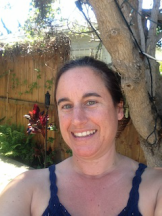
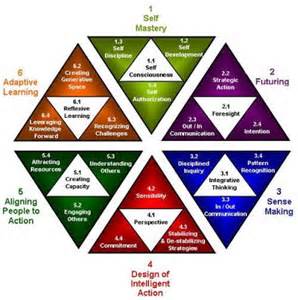
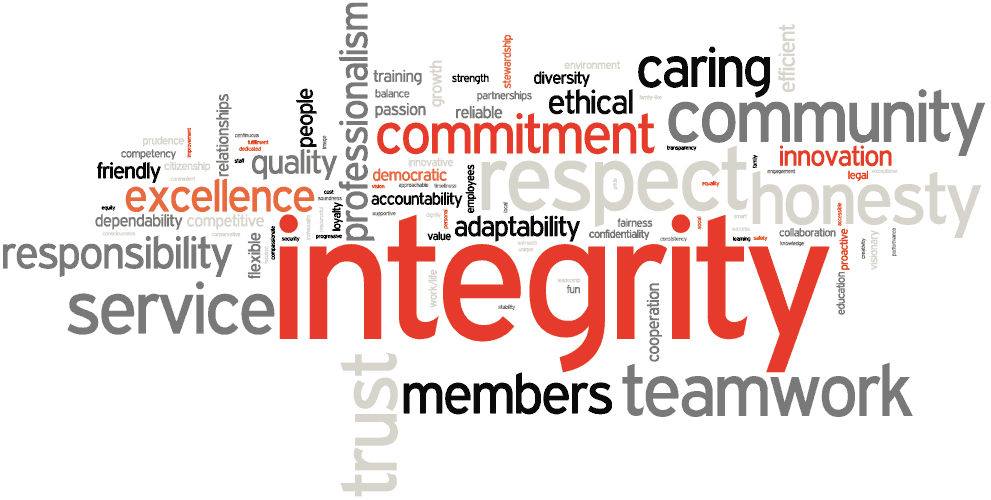

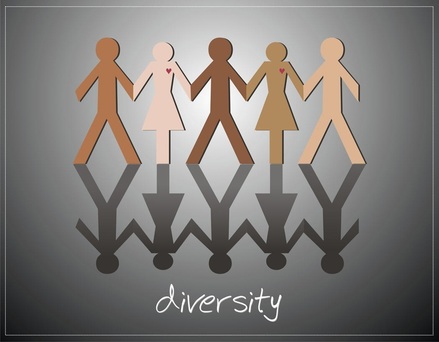
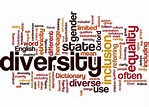
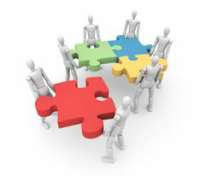

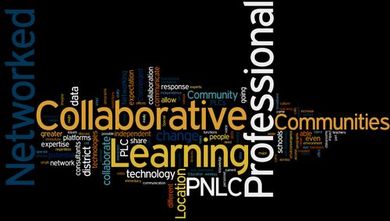
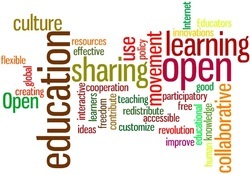
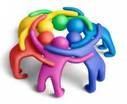

 RSS Feed
RSS Feed